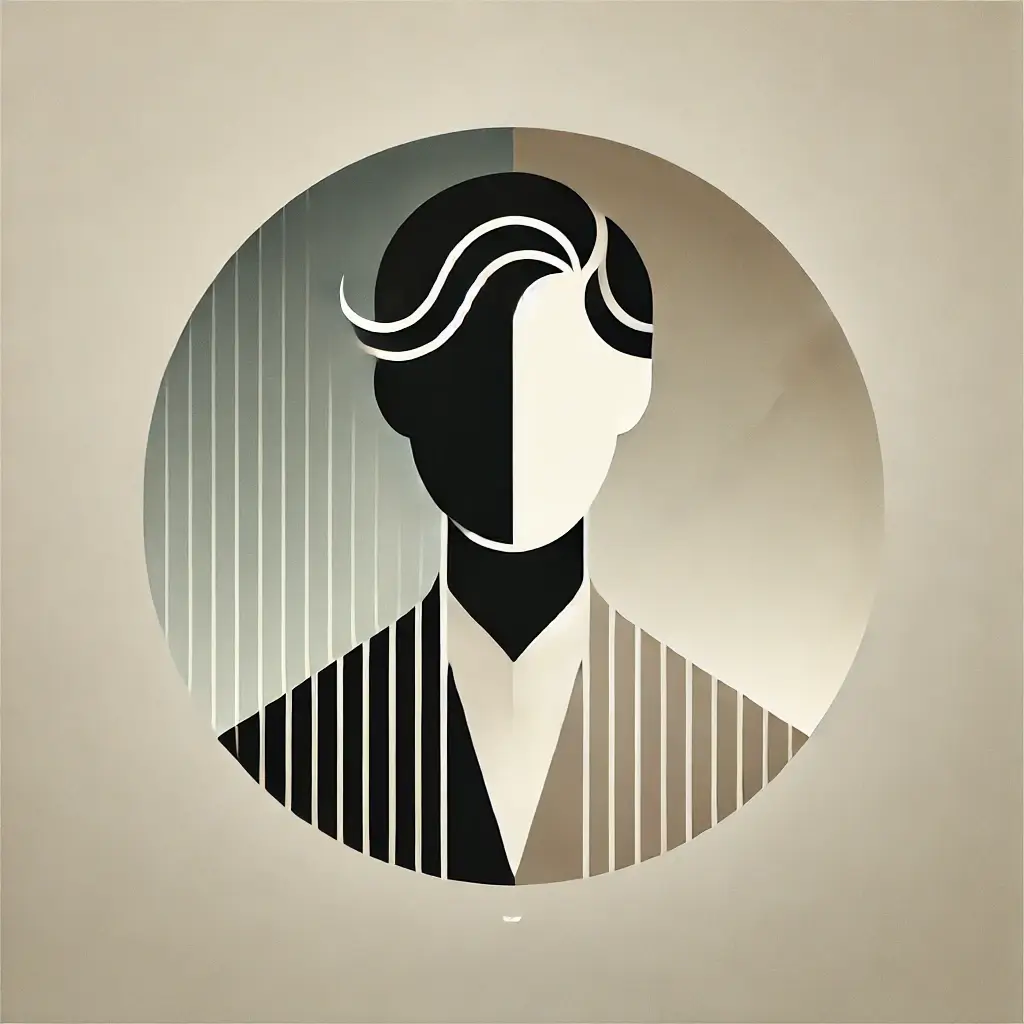
Michelangelo Merisi da Caravaggio
Italian
Baroque
1571
· Milan, Italy
1610
· Porto Ercole, Italy

Biography
Caravaggio, born Michelangelo Merisi da Caravaggio in 1571, was an Italian Baroque painter known for his dramatic use of light and shadow, a technique known as chiaroscuro. Growing up in Milan, Caravaggio was exposed to various art influences that shaped his early style, including the works of Leonardo da Vinci and the vibrant realism of the Lombard School. He moved to Rome in his early twenties, where he gained considerable acclaim for his revolutionary approach to painting, which called for naturalism and dramatic, emotive compositions. His significant works include 'The Calling of Saint Matthew' and 'Judith Beheading Holofernes', where intense realism and theatrical lighting brought biblical scenes to life in a novel manner. Caravaggio's life was as dramatic as his paintings; notorious for his volatile temperament, he was often at odds with the law, culminating in a murder charge. Despite his tumultuous life, his contributions to art have left a lasting legacy, influencing not only the Baroque movement but also modern art with his innovative techniques. His work is characterized by an intense realism that draws the viewer into the narrative, showcasing both the divine and the lower aspects of humanity, laying the groundwork for future generations of artists.
Notable Works
The Calling of Saint Matthew, Judith Beheading Holofernes, Supper at Emmaus
Featured Works
Explore the remarkable collection of artworks by Michelangelo Merisi da Caravaggio.
No artworks available yet.
